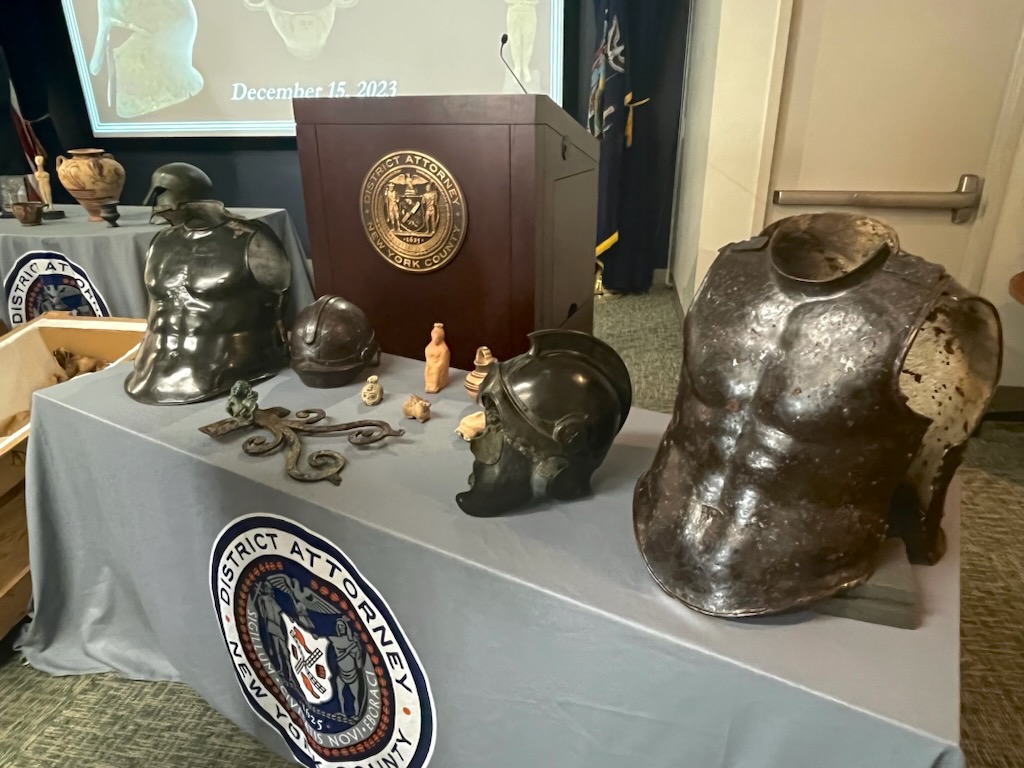Jonathan Williams, the deputy director of the British Museum, is leaving his role. Though the circumstances and timeline of his departure have not been made public, his exit comes on the heels of an inquiry that found the London institution failed to adequately safeguard its treasures, leading to the theft, allegedly by a staffer, of roughly 2,000 objects. Williams had stepped back from his role in August, at the same time that the museum’s director, Hartwig Fischer, quit over his handling of the thefts, which tremendously damaged the institution’s reputation. Carl Heron, the museum’s director of scientific research, has been serving as interim deputy director.
Williams’s long fall from grace began in 2021, when he received a warning from Danish gem specialist Ittai Gradel that a senior staff member appeared to be stealing objects from the museum and selling them on eBay. Gradel supplied evidence, including a PayPal receipt bearing the name and address of the seller, Peter Higgs, a longtime senior curator in the Greek and Roman antiquities department. Williams told Gradel some months later that an internal review had turned up no wrongdoing. The gemologist took his concerns to British Museum chair George Osborne, who contacted the police. Some 2,000 items were subsequently discovered to be missing or damaged; a large portion of these were gems and jewelry from the Greek and Roman department. Higgs, who has through his son maintained his innocence, was fired.
A subsequent independent inquiry, called for by museum trustees, revealed that the thefts had taken place undetected over a span of years, and that many of the objects stolen were unregistered. Roughly 75 percent of the 2,000 items were missing or stolen; the rest were damaged or had parts missing. Investigators determined that these were likely sold for scrap. The review panel urged the museum to come up with a “policy which defines what comprises its collection” and to identify and register unregistered or partly registered objects. The institution is already in the process of digitizing its entire collection, in hopes of warding off future thefts.







